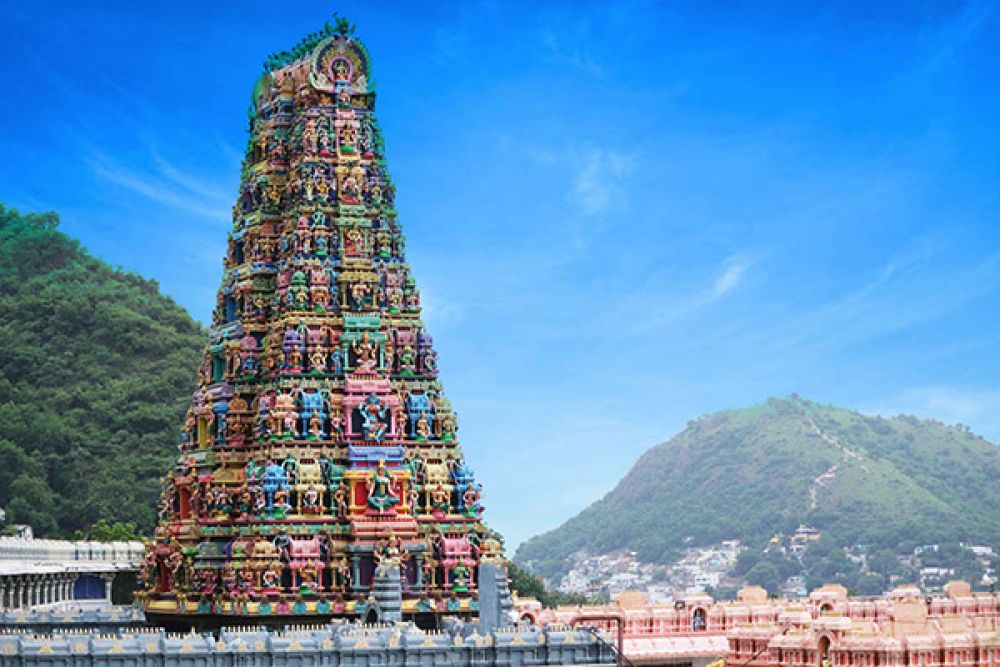

Vijayawada, located on the banks of the Krishna River in Andhra Pradesh, has a rich cultural and religious history, which forms the backbone of its tourism industry. Historically known as Bezawada, it has been an important city for trade and commerce due to its strategic location along major routes connecting different regions of India.
The origin of tourism in Vijayawada can be traced back to ancient times when it was a center of Hindu worship and pilgrimage. The renowned Undavalli Caves, carved in the 4th to 5th centuries, and the Mogalarajapuram Caves, are a testament to its historical significance, attracting historians and archaeologists. The region flourished under various dynasties, including the Satavahanas, Chalukyas, and the Vijayanagara Empire, each leaving their mark on the city’s cultural landscape.
The colonial era saw Vijayawada becoming an important administrative center under the British rule, leading to the development of modern infrastructure that supported travel and tourism. The construction of the Prakasam Barrage in the 1950s and the development of road and rail networks enhanced its accessibility, turning it into a hub for tourists visiting nearby regions.
Over the years, Vijayawada has evolved into a modern city with various attractions. It hosts Bhavani Island, one of the largest river islands in India, which has become a popular local getaway. The city's tourism significantly benefited from the development of the Vijayawada International Airport, making it more accessible to both domestic and international tourists.
Vijayawada retains its status as a sacred site due to the famous Kanaka Durga Temple, situated on the Indrakeeladri hill. The temple is a major pilgrimage center, particularly during the festive season of Navratri. Religious events and festivals continue to draw thousands of pilgrims and tourists each year.
In recent years, Vijayawada has witnessed a trend in eco-tourism and riverfront development. The government’s focus on improving the tourism infrastructure with better amenities, walkways, and boating facilities along the Krishna river has helped to attract more visitors. Business tourism has also been on the rise with the development of Amaravati, the planned capital city of Andhra Pradesh, in its vicinity.
In conclusion, the history of tourism in Vijayawada is an intricate tapestry woven through centuries of cultural and historical developments. As the city continues to grow and adapt to modern tourism trends, it still respects and highlights its rich heritage, offering a dynamic experience for travelers from around the world.